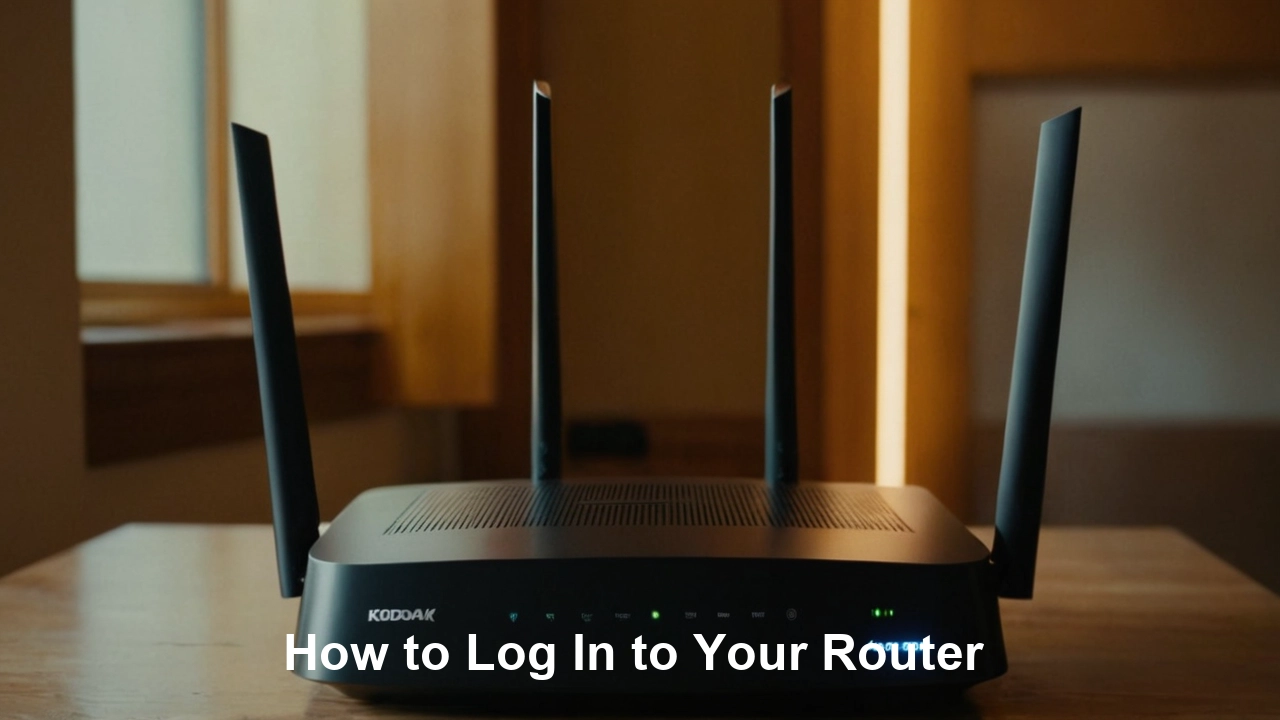
Do you consider yourself a Technophile who has an interest in determining how exactly your home or office local area network functions? But are you perhaps just attempting to resolve an Internet connection problem? Even if the second case is true for you, continue reading this article as it will explain how to get into your router’s settings, why it is crucial, and basic tips to keep your network stable.
1. Discover your router’s default IP address
To login to a router, you will need to know the router’s IP address which is the default usually. You can locate this information either on the router itself, either on a sticker attached or in the user’s manual. If you fail to locate any of this information, please do not panic! You can normally get to it by simply entering ‘router’ or ‘192.168.1.1’ into your favourite internet browser.
2. Find the username and default password of your router
But after knowing the IP address, there is the next step of entering the username and passwordtoo set up the router. This is often “admin” for the username and password or can be any other combination that the user sets when making router settings. Most routers have a sticker on the device or a manual, where you can get the correct login data.
3. Enter the configuration web page of the router
After obtaining the IP address and login details, type the details in the address bar of your browser then hit enter. This should lead you into the router’s console where you can tweak your network settings.
4. Change the router’s username and password
After successfully logging in one of the measures recommended by most experts in computer security is to refrain from using default credentials such as username and password. It will enhance the ecurity of your network and prevent its access by unauthorized personnel. Always set up a good password, one which contains a combination of letters, numbers, and characters.
5. Set up a guest network
If you always host individuals around your home that require accessing your wireless connection, then establishing a different guest network is beneficial. This will enable you to allow them to surf the internet while at the same time creating a barrier between your secure main network information.
To configure the guest network, you can either go to your router Settings -> Wireless or Settings -> Wireless Security. You should look for the label “Guest Network” or “Create a Separate Network.” Under network settings, configure your guest network to follow a different SSID from your main network and provide it with its password.
6. Update your router's firmware
Like any other electronic device such as your computer or phone, your router also has firmware, and this may also be outdated. This can cause a security problem for the network and also a slow internet connection if the firmware is not updated. To update the Firmware of your router, refer to the router manual for the procedures or look at Setting Firmware, or Update on your router.
7. Connectivity is very important especially
If you have issues accessing your network or perhaps changing its name or security, access your router setting accessible via Wireless or Wireless Security. Here you can rename your network, set a security type like WPA2 WPA or WEP and set a strong password for your network.
8. Enable a firewall and VPN
To help secure your network, turn on your router's firewall and use a VPN (Virtual Private Network). Whereas a firewall assists keep unauthorized people out of your network, VPN assists encrypt your Web connection and adds to security.
9. Check your network’s status
If you do not want any stranger accessing your network and to top it up, see that your network is running as provided, you can monitor its activity through the router settings. Do not hesitate to find an option called “Status,” “Statistics,” or “Performance” and examine the troubles with connection speed, signal quality, etc.
10. That is why, it is always important to configure your router regularly.
Finally, make sure that you always go through the performance of your router and play with it to get the correct value to improve the security and performance of your network. This involves managing your password, updating your firmware, and more importantly managing the performance of your network.
Conclusion:
It may sound scary to log in to your router, but don’t be scared, once you know how to do it, then it will be easier for you to find all the settings that you need to make to improve your network. The guides provided will help you access your router's settings, update firmware and help you maintain the efficiency and security of your networks. So what are you waiting for? Start having fun with your router’s specifications starting today!





